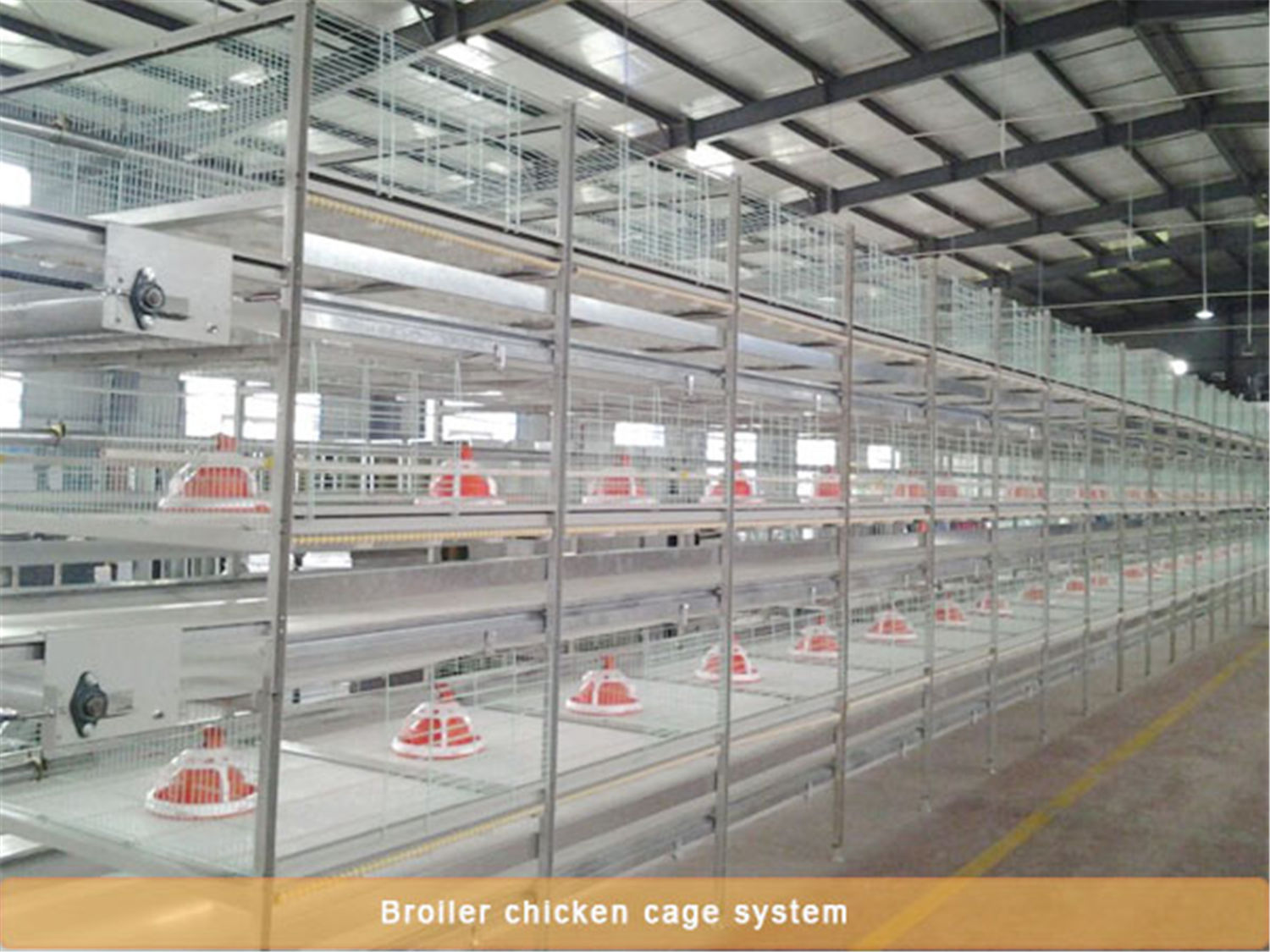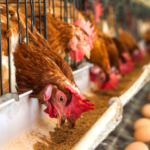About Environmental control of broiler houses
Creating a living environment that is conducive to rapid growth and healthy development is a basic requirement for broilers to exert their genetic potential. What should be the environmental control of chicken battery cage for broilers ?
Chicks lack the ability to regulate their body temperature and must provide artificial temperature. The temperature is too high, the chickens are away from the heat source wall and the air leakage, the feeding is reduced, the drinking water is increased, the growth is slow; the temperature is too low, the chickens are piled up, and the heat source is caused, causing respiratory diseases, indigestion, increasing feed consumption, and getting together It will also cause the chicken to die. If the chickens are piled up, too far away and close to the heat source, the temperature is not normal. When the temperature is suitable, the chicks in the house are evenly distributed and the activities are normal.
Humidity is the water content in the air, and proper humidity is closely related to the normal development of the chicken. Humidity is large, the house is damp, the litter is mildewed, the bacteria breeds fast, the chicken is easy to get E. coli, coccidia, mold and other diseases; the humidity is small, the house is dry and dusty, and the chicken is prone to respiratory diseases. During the brooding period (the first 3 weeks), the relative humidity is controlled at 65% to 70%. During this period, the air is easy to dry due to the high temperature, and it is necessary to prevent the chicks from dehydrating due to low humidity. At this time, spray with disinfectant water can kill two birds with one stone. High humidity should be avoided during the fattening period, and ground moisture can cause coccidiosis. The relative humidity should be controlled at 55% to 60%. In this period, due to the large amount of drinking water and large amount of breathing, the air may be humid. In this case, dry padding should be added to enhance ventilation.

Ventilation and ventilation is to properly exclude the dirty air for chicken battery cages , pathogenic microorganisms, dust and moisture in the house, reduce their influence on the growth and development of the chicken, and exchange the fresh air outside to promote the rapid growth of the chicken. The harmful gases in the house are mainly ammonia, hydrogen sulfide, carbon monoxide, carbon dioxide and so on. When the concentration of ammonia is too high, alkali damage of the mucosa and systemic alkalosis, mucosal hyperemia, respiratory diseases and anemia often occur. In severe cases, it can cause mucosal edema, pulmonary edema and central nervous toxic paralysis. When the concentration of hydrogen sulfide is too high, it is caused by mucosal acid damage and systemic acidosis, which is like ammonia. The concentration of carbon dioxide is too high, and the long-term duration is mainly caused by hypoxia. Ammonia concentration is an important indicator of whether ventilation is good. 10~15mg/kg can smell ammonia, 25~35mg/kg can stimulate eyes and runny nose. At this time, ventilation should be strengthened immediately. Ventilation can be done by natural ventilation and mechanical ventilation.
Control lighting is mainly to control the lighting time and light intensity. There are two characteristics of broiler illumination: 1 The illumination time should be as long as possible, which is the need to prolong the feeding time of the chicken, adapt to rapid growth, and shorten the growth cycle. 2 The light intensity should be as weak as possible, in order to reduce the excitement and movement of the chicken and improve the feed efficiency.
The brooding density refers to the number of chicks fed per square meter of the house. Appropriate stocking density can ensure the normal growth and development of chicks. The breeding density is too large, the chicks are crowded and piled up, the growth is slow, the development is not neat, the environmental pollution is aggravated, the disease spreads quickly, and the mortality rate is high. The density is too small, which is not conducive to heat preservation, resulting in waste of feeding area, energy, labor and so on. The feeding density of broilers should be flexibly controlled according to the specific conditions of the structure, ventilation and feeding conditions of the house. The general control is: 45 to 25/m2 at 0 to 3 weeks old, 20 to 15/m2 at 4 to 5 weeks old, and 10 to 8/m2 at 6 weeks of age. Online raising can increase the density appropriately.










